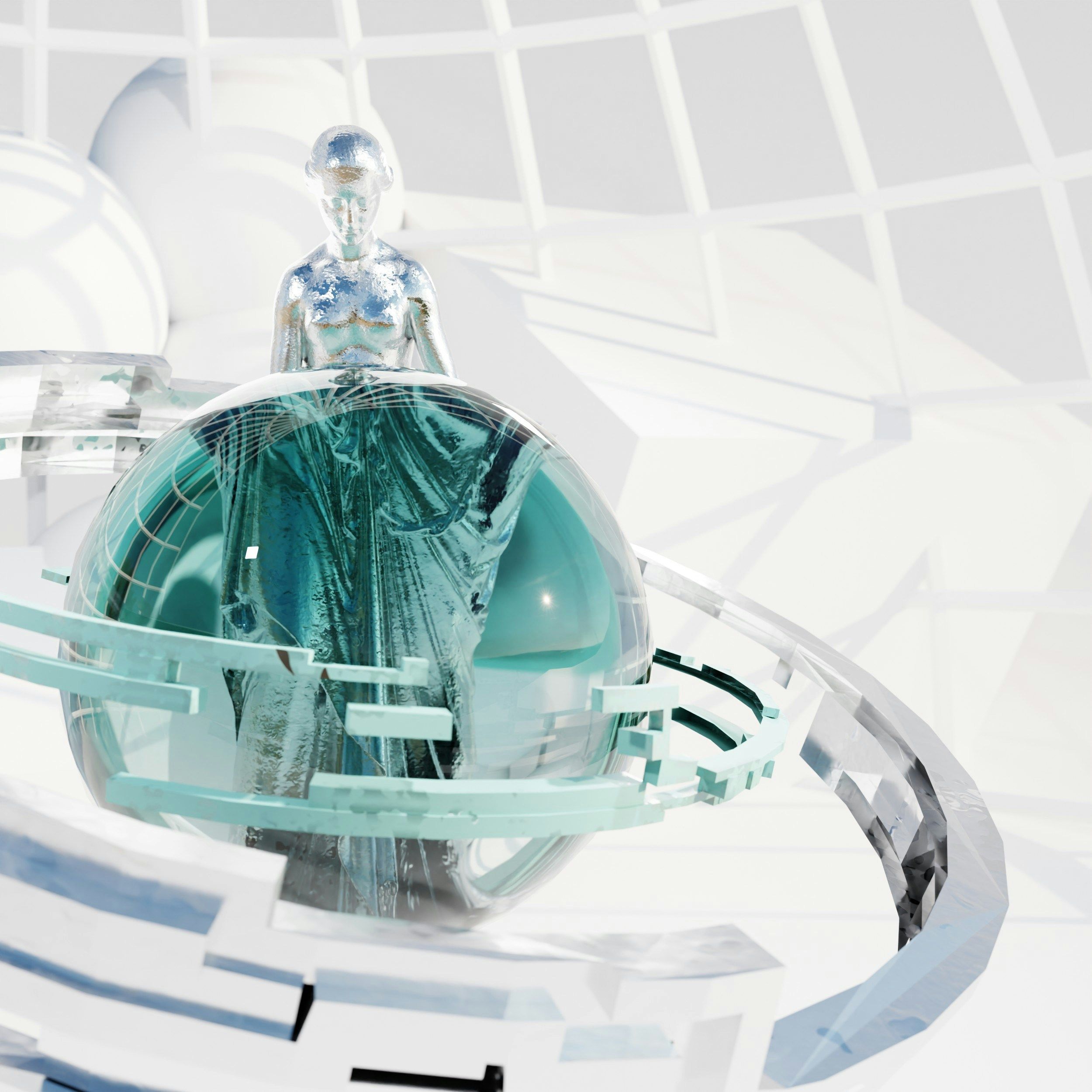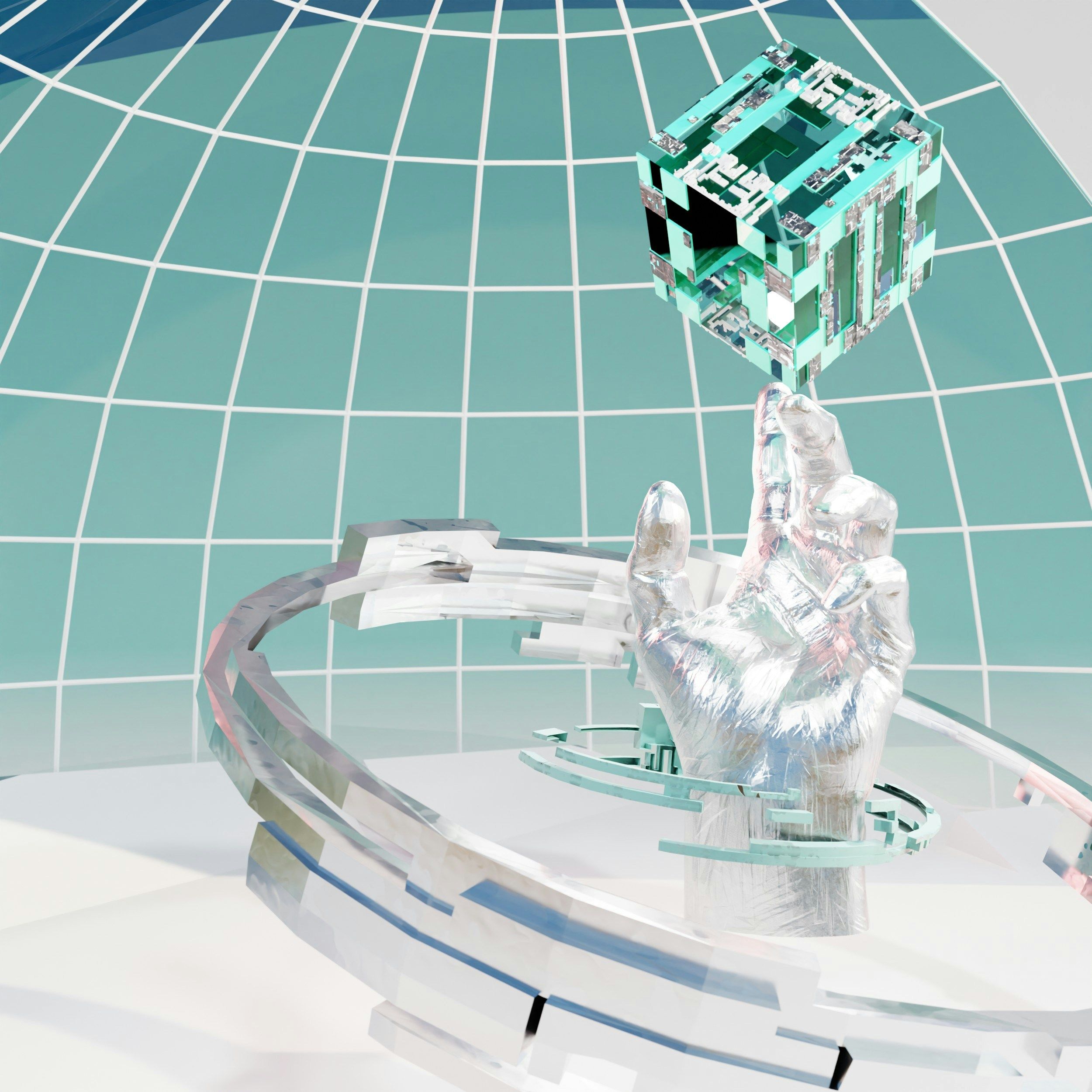
January 14, 2025
Stanford Expert Shares AI’s Impact On Robotics
Thanks to advancements in LLMs (large language models) such as ChatGPT, robots of different designs and configurations can be equipped with better task planning and reasoning processes. This is all according to Stanford University’s Jeannette Bohg, a prominent robotics expert, during an episode of The Future of Everything podcast.
Bohg highlighted that these AI models possess built-in common-sense knowledge, allowing robots to outline steps for tasks like meal preparation. However, she pointed out that current AI technologies still struggle with precise robotic actions, such as controlling the exact movements of a robot's arm.
Disparities in Training Data
Bohg noted a significant disparity in the training data available for robotics compared to natural language processing. While language models benefit from trillions of data points, robots rely on far less data due to the labor-intensive nature of collecting specific training information. She mentioned the potential for using videos of human actions to train robots but acknowledged the challenges in translating this data into effective robotic instructions.
Hardware Limitations
The discussion also touched on the limitations of robotic hardware. Bohg remarked that while human hands exhibit remarkable versatility, most robotic hands are simplistic grippers with restricted functionality. This gap highlights the ongoing need for innovation in robot design.
Future Prospects
Looking ahead, Bohg expressed optimism about robots augmenting human labor rather than replacing it. She referenced Diligent Robotics, a startup employing robots to transport supplies in hospitals, thereby allowing nurses to concentrate on patient care. “We are far from general-purpose robots,” Bohg stated, “but focusing on specific tasks where robots can genuinely assist is a smart way forward.”
Bohg believes that as robotics gradually integrates into everyday life, innovations will likely prioritize practical applications over achieving advanced autonomy reminiscent of science fiction.
This conversation underscores the transformative potential of AI in robotics while emphasizing the importance of addressing current limitations and ethical considerations as the field evolves.









